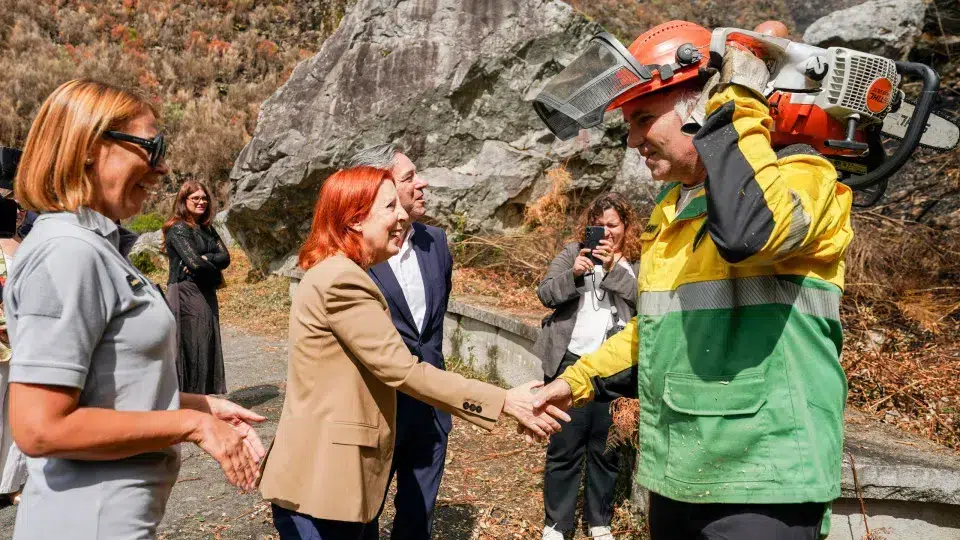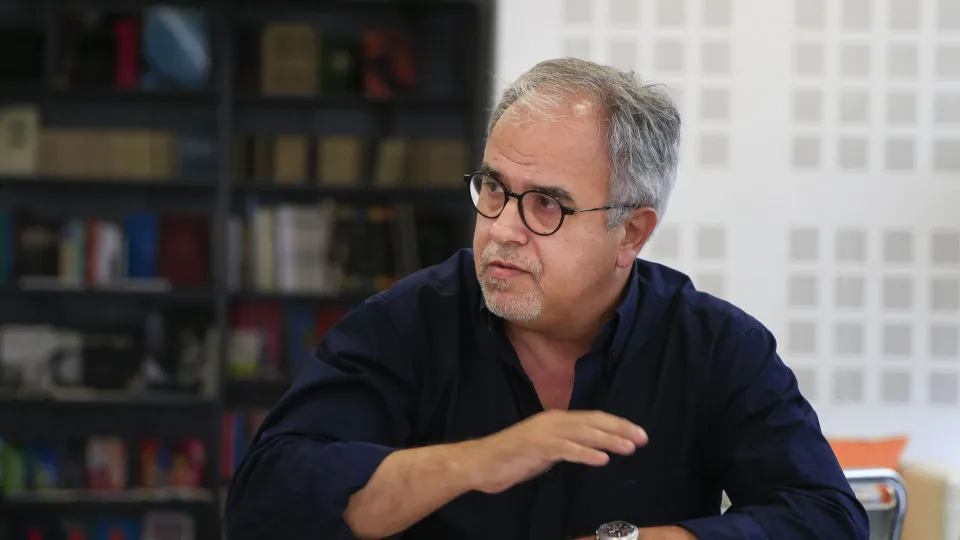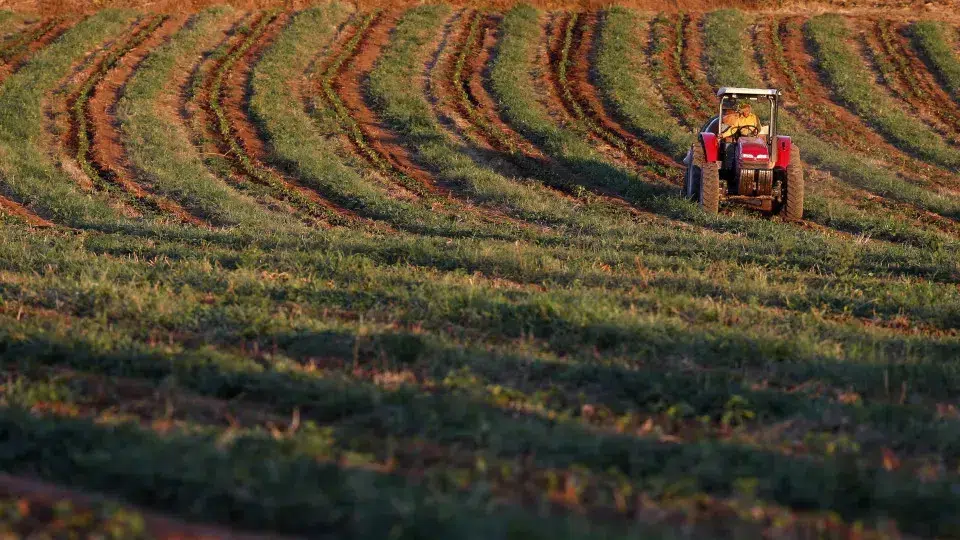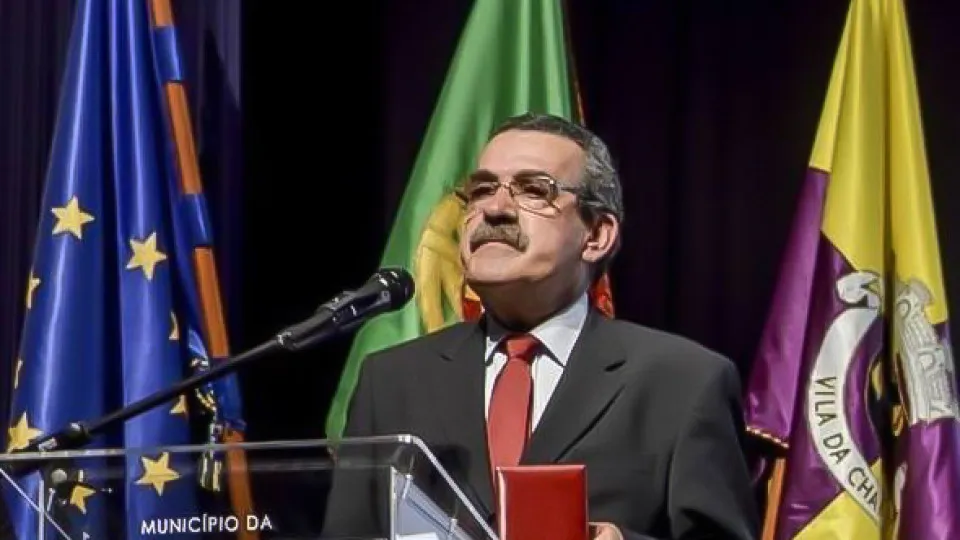
“This is an environmental and landscape catastrophe, as it is a natural park considered a jewel. Although it remains beautiful, a vast area has been greatly impacted, with more than five thousand hectares burned in this protected area,” stressed the minister to journalists at the Carrascalinho viewpoint in the municipality of Freixo de Espada à Cinta, the site most affected by the flames.
Maria da Graça Carvalho also stated that it is now time to look towards the future and propose leveraging the potential of the Douro International Natural Park (PNDI), the country’s second-largest protected area.
The Ministry of Environment’s responsibilities include implementing urgent interventions onsite, such as preventing landslides and ensuring that ashes do not contaminate the water supply for local populations. These efforts are being monitored by the Institute for the Conservation of Nature and Forests (ICNF) and the Portuguese Environment Agency (APA).
The official noted that immediate aid for restoring productive potential, especially in agriculture, is underway, overseen by the Ministry of Economy and the Ministry of Agriculture.
The minister emphasized the concern for restoring the entire PNDI ecosystem, including both fauna and flora, and maintaining biodiversity.
“When we undertake this [environmental] restoration, our focus is to minimize future risks based on the best scientific practices used in other countries and from lessons learned here in Portugal. Areas like Alvão Natural Park or Peneda-Gerês National Park have deciduous trees that act as buffers against the spread of fires,” Maria da Graça Carvalho stated.
Efforts to recover the burned area in the PNDI focus on planting more resilient and fire-resistant tree species.
In terms of avian fauna, European project recovery efforts in these protected areas were also highlighted by the official. Examples include the Iberian “LIFE Aegypius Return” program aimed at safeguarding the black vulture (‘Aegypius monachus’), where nests, an acclimatization station, and other structures incurred damage exceeding 30,000 euros within this environmental initiative.
“We will do everything to restore this Iberian project for the recovery of the black vulture,”
The Minister of Environment reiterated the requirement for several years for the ecosystem affected by the Douro International fire to regain its full potential.
“Direct aid [funding] is already regulated for these cases, involving a contact method for each protected area affected by the fires, encompassing municipalities, ICNF, APA, and the Climate Agency,” she said.
The Douro International fire began on August 15 in Poiares, in the municipality of Freixo de Espada à Cinta, the most affected area, quickly spreading to neighboring municipalities of Torre de Moncorvo and Mogadouro, leaving a trail of destruction in pastures and crops such as olive groves, almond trees, vineyards, orange trees, forests, and beehives.
According to provisional GNR data, around 12,000 hectares burned in the municipalities of Freixo de Espada à Cinta, Torre de Moncorvo, and Mogadouro in a fire that involved about 400 operatives on the ground, with no aerial means due to prevailing weather conditions.
Provisional data from the national Forest Fire Information Management System (SIGF) accessed by Lusa reported 11,697 hectares burned in the fire that began in the municipality of Freixo de Espada à Cinta by August 24.




